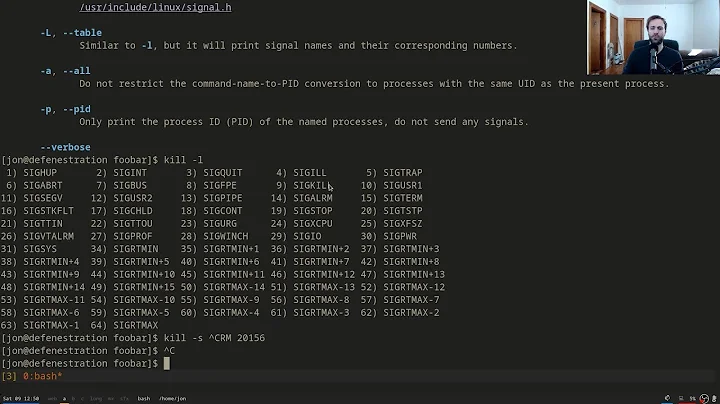In which cases is SIGHUP not sent to a job when you log out?
Bash seems to send the SIGHUP only if it self received a SIGHUP, which for example occurs when a virtual terminal is closed or when the SSH connection is interrupted. From the documentation:
The shell exits by default upon receipt of a SIGHUP. Before exiting, an interactive shell resends the SIGHUP to all jobs, running or stopped. Stopped jobs are sent SIGCONT to ensure that they receive the SIGHUP. To prevent the shell from sending the SIGHUP signal to a particular job, it should be removed from the jobs table with the disown builtin (see Job Control Builtins) or marked to not receive SIGHUP using disown -h.
So if you type exit or press Ctrl+D all background process will remain, since this does not send a hang up signal to the Bash.
You can force Bash to warn you about the fact that there are still running background processes with
shopt -s checkjobs
There is an option to send the SIGHUP on exit if you are in an interactive shell(see here). But it doesn't work on my machine with Bash 4.2.25.
Maybe it works for you
shopt -s huponexit
Related videos on Youtube
aap
Video quality guy and researcher, PhD student in computer science. Founder/CEO of AVEQ. I offer personal consulting and help with video encoding, especially with FFmpeg. Send a mail to werner.robitza at gmail.com. More info on my website.
Updated on September 18, 2022Comments
-
aap almost 2 years
I read an answer from a user who claimed that running
foo 2>&1 >& output.log &would result in
foocontinuing to run even when they log out. According to this user, this even worked over SSH connections.I didn't really believe that, as I was under the impression that in the case of disconnecting from SSH, or terminating the TTY, the shell and therefore its processes would receive a SIGHUP, causing them to terminate. This, under my assumption, was the sole reason for using
nohupin such cases, ortmux,screenet al.I then looked into glibc's manual:
This signal is also used to report the termination of the controlling process on a terminal to jobs associated with that session; this termination effectively disconnects all processes in the session from the controlling terminal.
This seems to confirm my thoughts. But looking further, it says:
If the process is a session leader that has a controlling terminal, then a SIGHUP signal is sent to each process in the foreground job, and the controlling terminal is disassociated from that session.
So, does this mean jobs put in background will not receive SIGHUP?
To my further confusion, I ran an interactive Zsh session, ran
yes >& /dev/null &, and typedexit, when Zsh warned me that I had running jobs, and after typingexitfor a second time, told me that it had SIGHUPed one job. Doing exactly the same in Bash leaves the job running…-
 Tim B almost 11 yearsIn addition to whether or not SIGHUP is sent, whether a process has defined a signal handler (and catches SIGHUP) or signal mask are additional factors in whether it is terminated when sent that signal. So just because it remains running after logout doesn't mean it wasn't sent that signal
Tim B almost 11 yearsIn addition to whether or not SIGHUP is sent, whether a process has defined a signal handler (and catches SIGHUP) or signal mask are additional factors in whether it is terminated when sent that signal. So just because it remains running after logout doesn't mean it wasn't sent that signal -
aap almost 11 years@Bob No, I haven't seen this one before, but it's a good resource. Thanks!
-
CoOl almost 11 yearsGlad it helped. Actually Raphael is referring to that issue too.
-
-
aap almost 11 yearsSo, when an SSH connection interrupts,
SIGHUPis sent, otherwise, with a clean exit, jobs continue running? That explains what I saw. -
 Raphael Ahrens almost 11 yearsYes. The hang up signal is only there for the special case, when the connection with the user is interrupted.
Raphael Ahrens almost 11 yearsYes. The hang up signal is only there for the special case, when the connection with the user is interrupted. -
 Martin Kunev over 8 yearsLet us continue this discussion in chat.
Martin Kunev over 8 yearsLet us continue this discussion in chat. -
 npostavs over 8 years
npostavs over 8 years -
 Raphael Ahrens over 8 years@npostavs thanks for the information I added it into the answer.
Raphael Ahrens over 8 years@npostavs thanks for the information I added it into the answer. -
x-yuri over 2 yearsI think it's worth emphasizing the "a virtual terminal is closed" part. If you close the window,
SIGHUPis sent, if you do Ctrl-D/exit, it isn't. On a side note.




